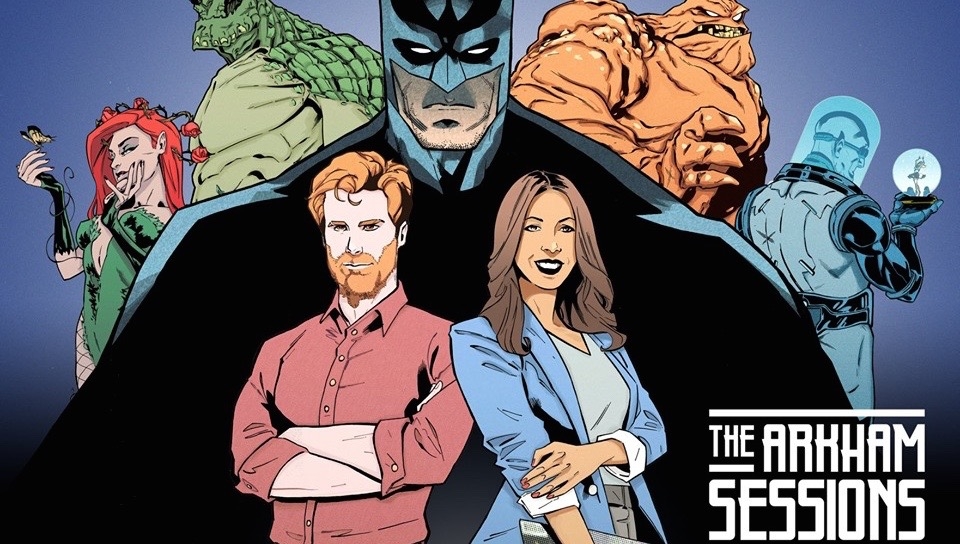The Arkham Sessions, hosted by Dr. Andrea Letamendi and Brian Ward, is a weekly podcast dedicated to the psychological analysis of pop culture, including Batman: The Animated Series, Steven Universe, the MCU, and Doom Patrol. Nostalgic, humorous, and even a little educational, each episode promises to lend some insight into the heroes, villains, and classic stories of the Dark Knight and more!
The Arkham Sessions, Ep. 169 – Iron Man 3
Those dangers become paper thin compared to the prominent threat in the film, which is Tony’s deteriorating mental health, characterized by frequent, intense, and debilitating panic attacks. The recognizable signs of a panic attack are present: racing heart, sweating, rapid thinking, emotional reactivity, and thoughts that he may be experiencing cardiac arrest or dying. When he’s not working, Tony is susceptible to flashbacks, nightmares, insomnia, and fear-inducing ruminations about his trauma. Moreover, Tony has been forcing himself to work extra hours to keep his mind busy and his thoughts from going to the dark places that trigger his anxiety.
We discuss these signs and the possibility that Tony Stark has PTSD from the near-death experience and life-threatening events of the Battle of New York. After all, he guided a missile into space and fell back into Earth as it exploded. Drea discusses types of jobs that have “occupational hazards” that may increase the risk of traumatic responses like PTSD. Signs of traumatic stress on the job include emotional agitation, depression, insomnia, proneness to conflict, withdrawing, difficulties thinking rationally, self-medicating with alcohol, and being mistrustful about coworkers.
Drea adds that some helpful tools to combat workplace traumatic stress include “engagement strategies.” As it turns out, when we attend to the visceral experience of emotional pain (rather than avoid it by making 4 dozen Iron Men), we are more able to process and overcome them. Moreover, avoiding difficult feelings or, worse, faking positivity (incidentally called “surface acting” at Disneyland and Disney World), are nearly guaranteed ways to increase emotional toll and increase stress related to burnout. Tony hits a roadblock and finds that none of his emotion regulation strategies are working. It isn’t until he takes a forced “vacation” into hiding and has to spend time examining his emotional pain and fueling it toward something purposeful that Stark makes meaningful post-traumatic growth.
It’s Tony’s experience of burnout combined with traumatic stress made him vulnerable to workplace PTSD, but his ability to create a narrative about his emotional pain and connect it to his living purpose is also applicable to people in the helping and service professions.
Have psychology-related questions about Batman? Write to us via Twitter, @ArkhamSessions, or on Facebook. Or visit our official website.
And, don’t forget to subscribe to The Arkham Sessions on Apple Podcasts to get all of the latest episodes! And, be sure to join us on Patreon.

